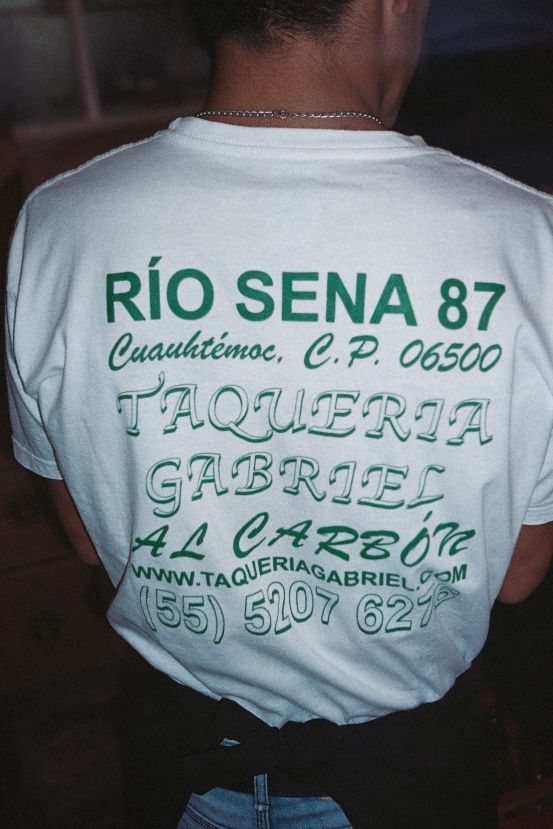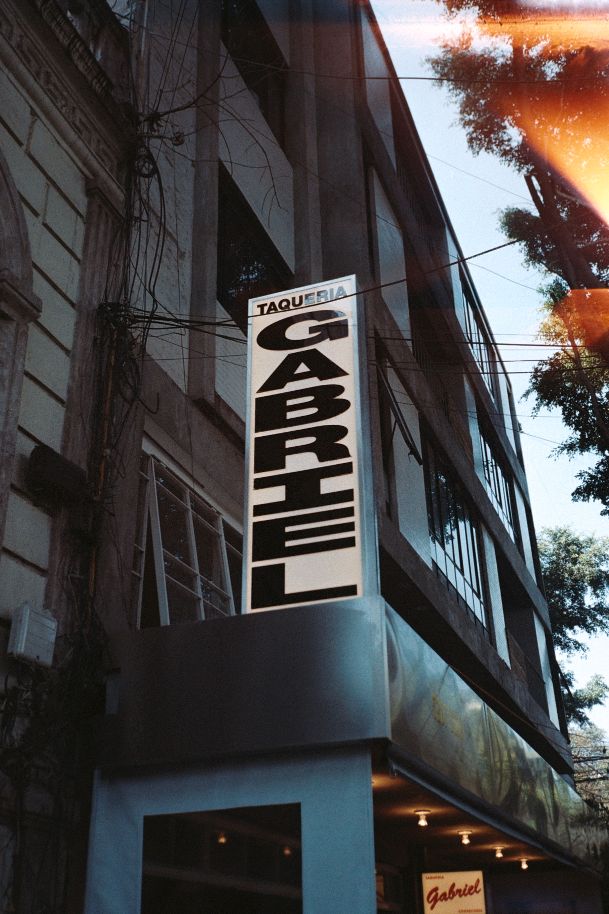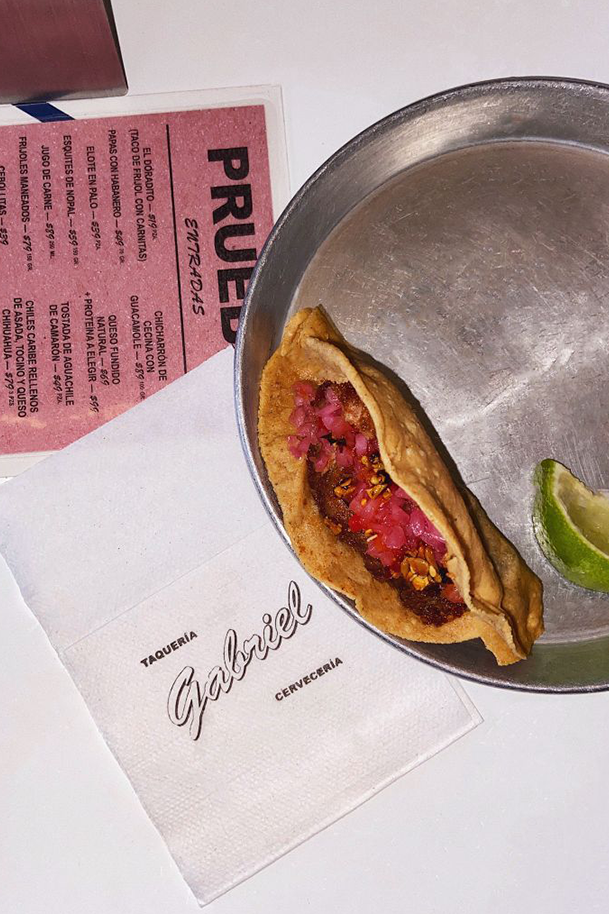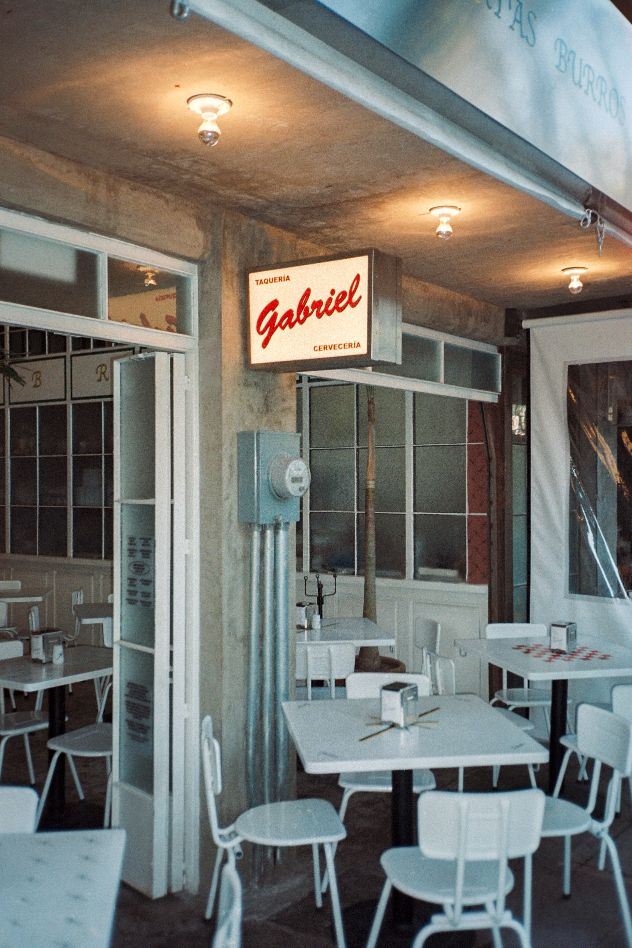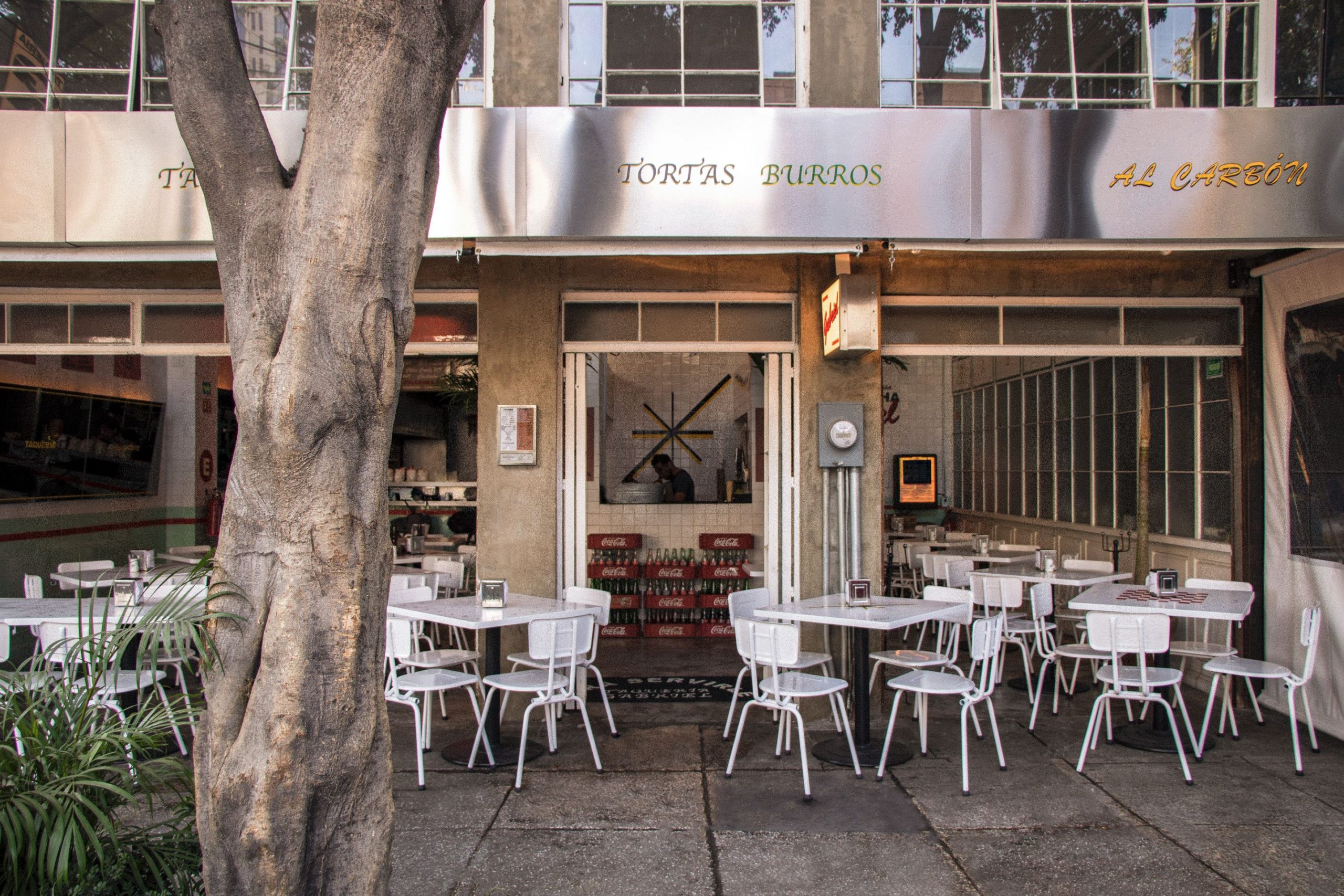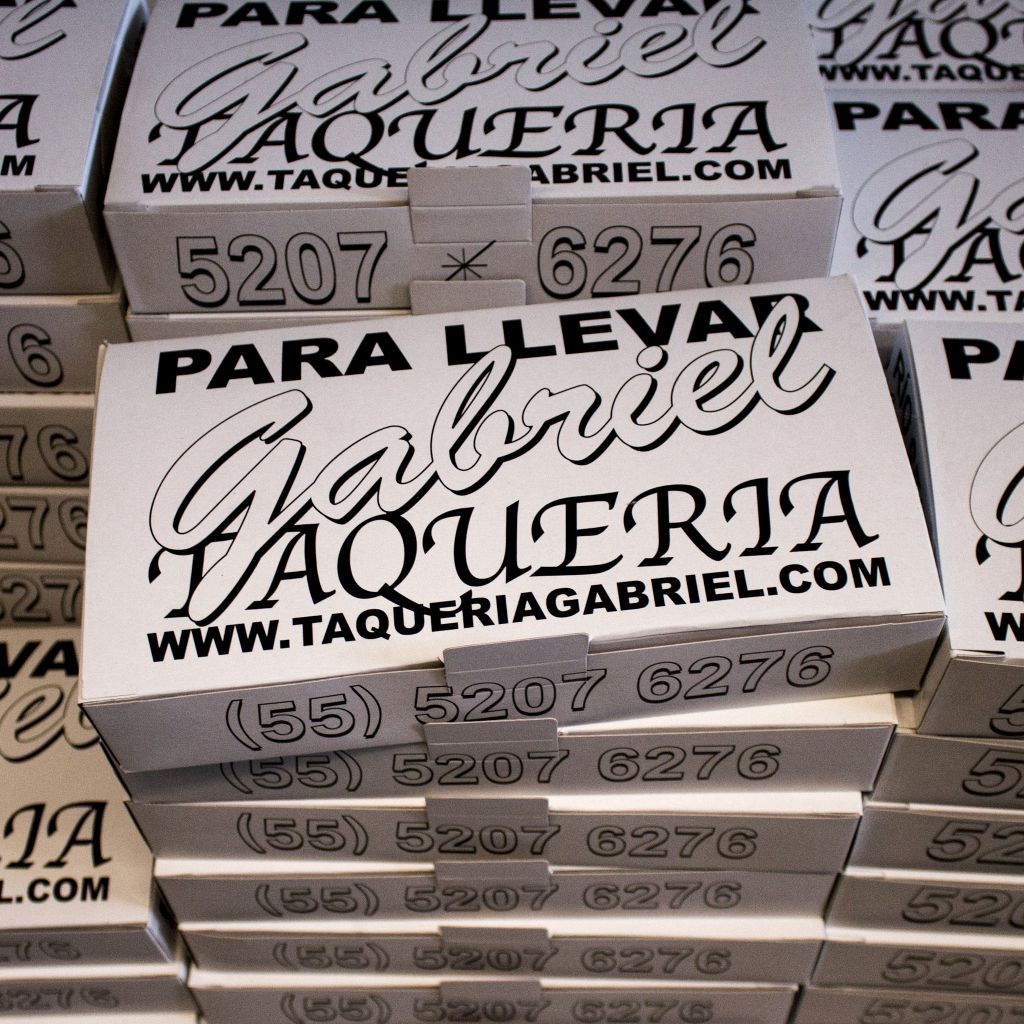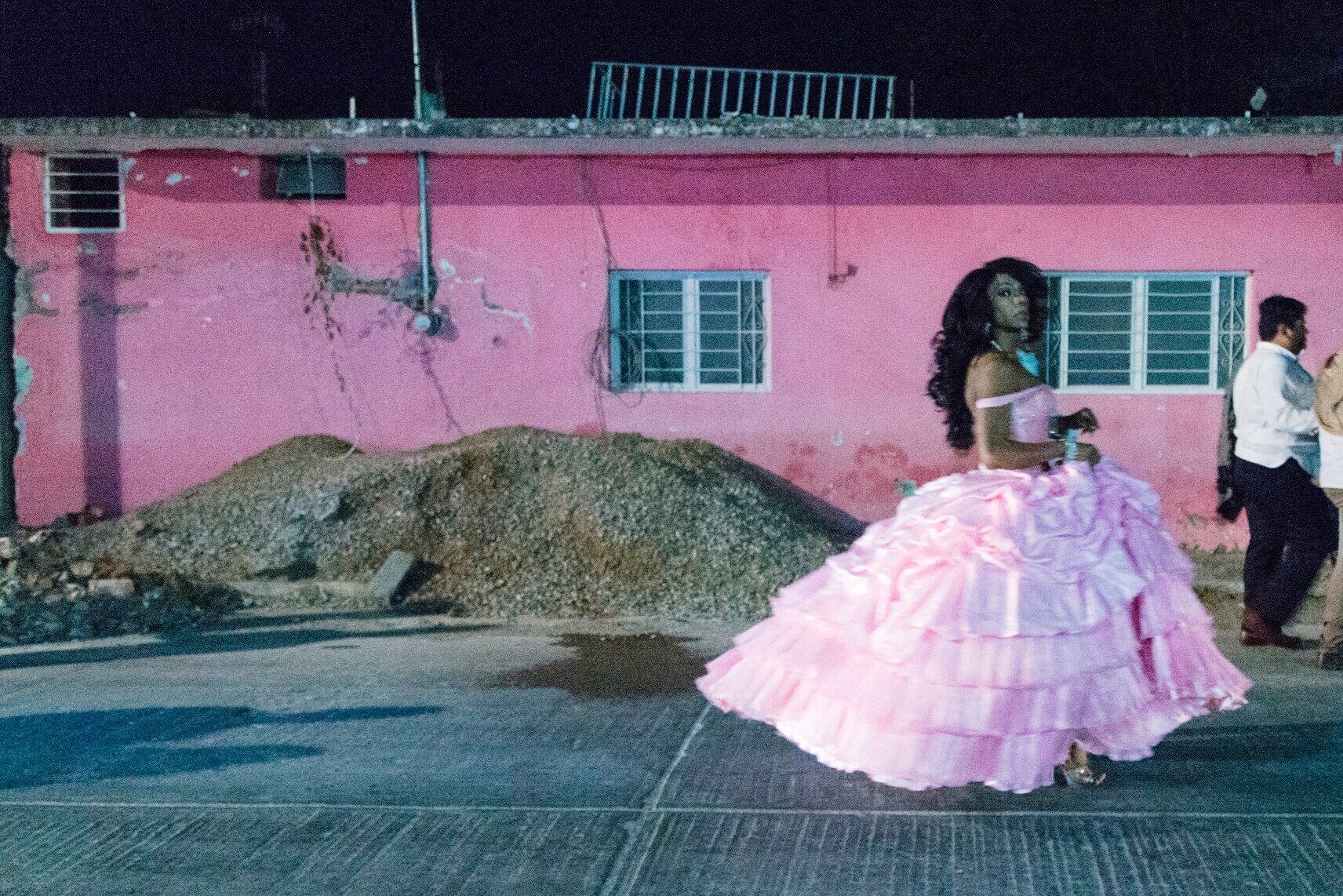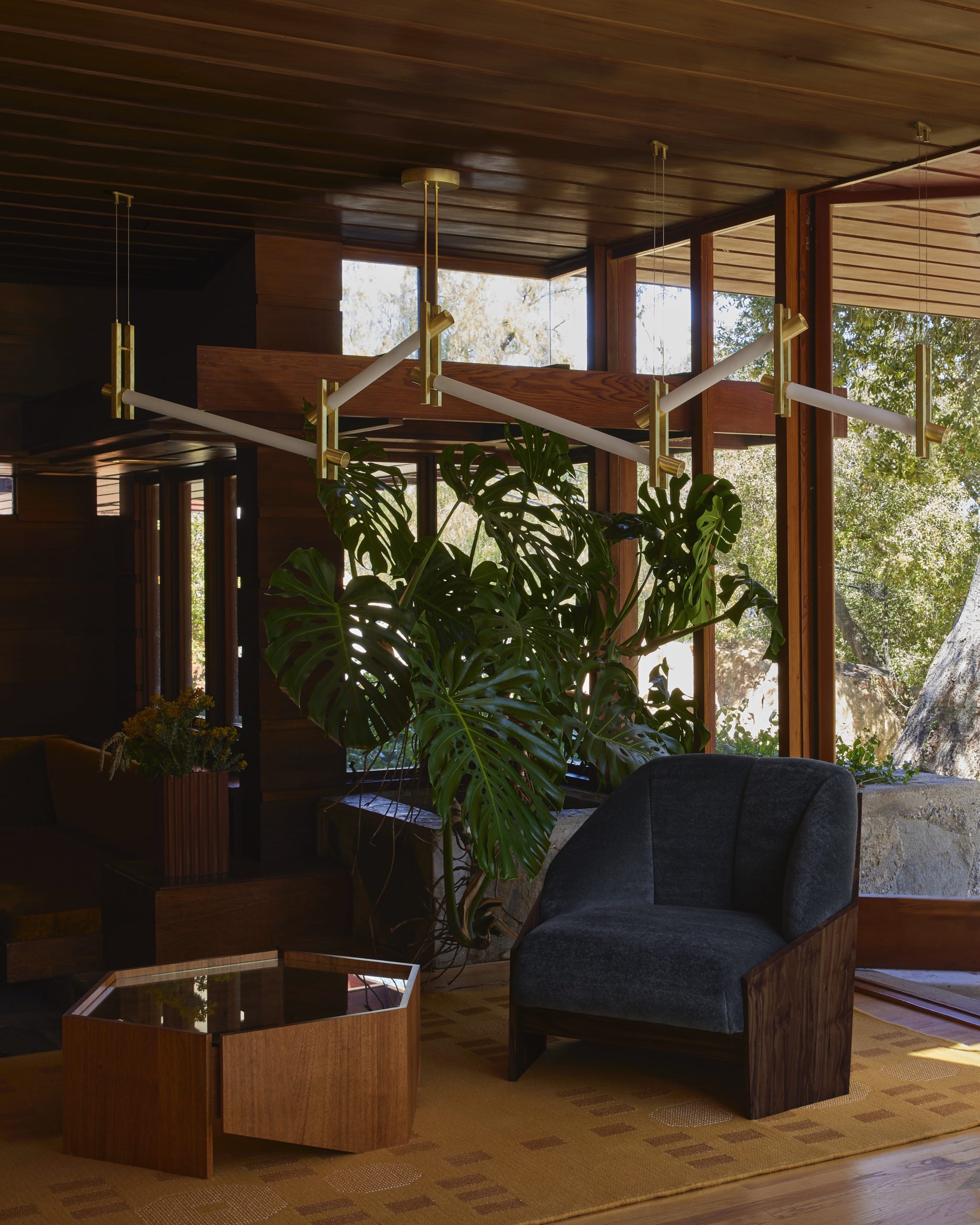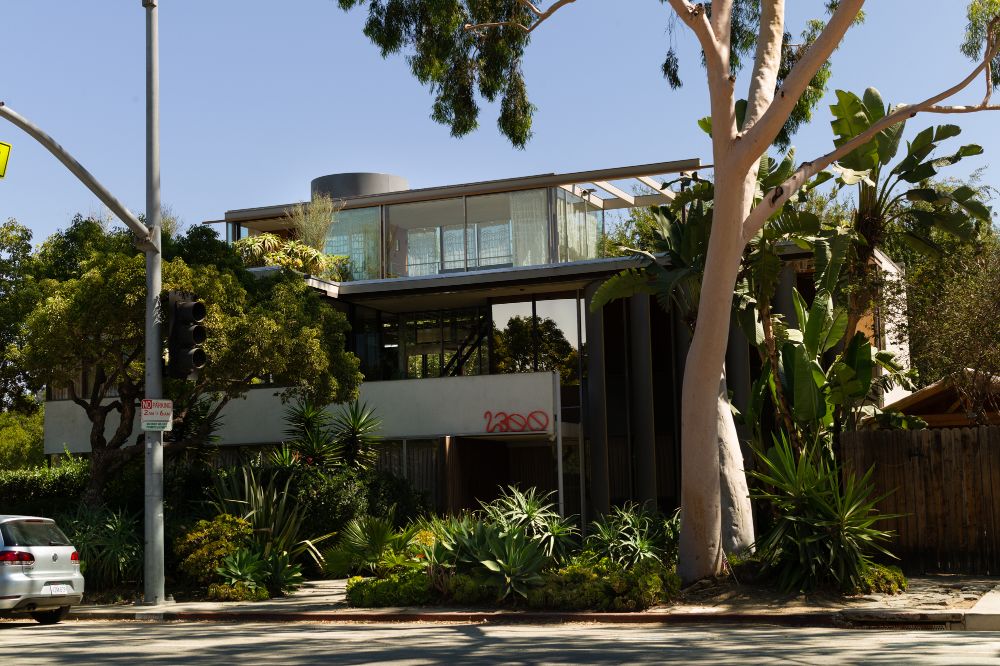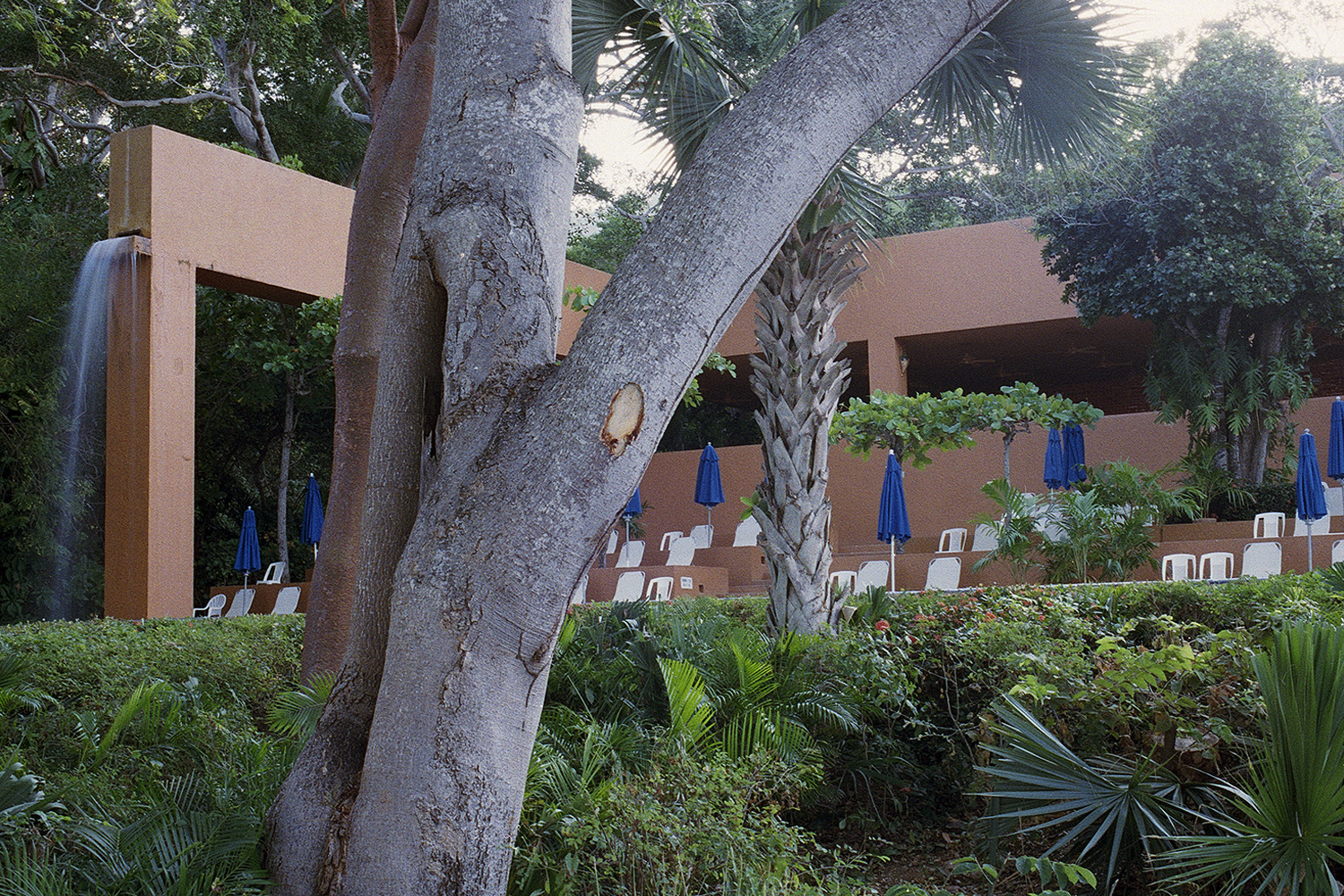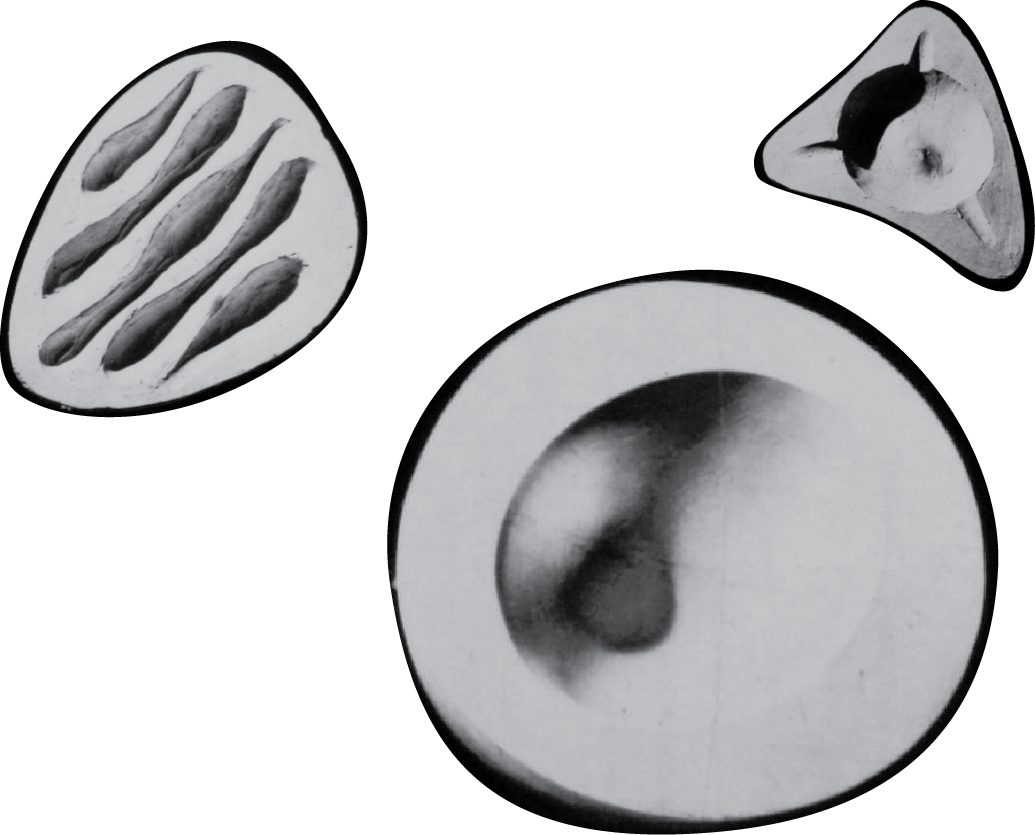TAQUERÍA GABRIEL AND THE ART OF THE RÓTULO
Photography courtesy of Panamá Studio
Special thanks to Maestro Rotulista, Isaias Salgado del Pillar
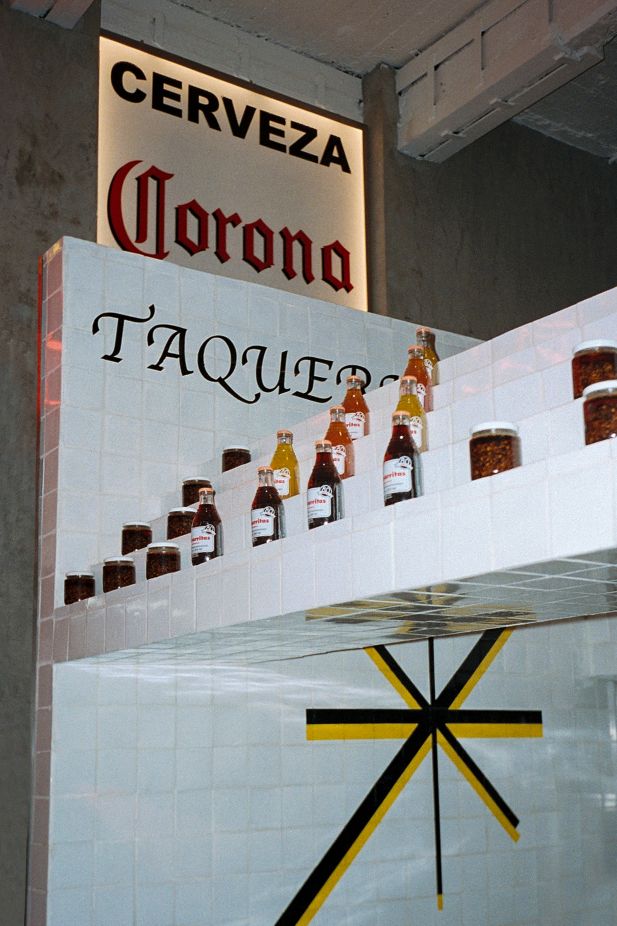
Taquería Gabriel is a traditional Mexican taquería located in México City’s Cuauhtémoc neighborhood. Vibrant hand painted signs, diner style tables, bright white tiled walls and neon signs end up bringing the personality of Taquería Gabriel to life. It’s also delicious, offering the classic northern Mexican experience and a simple menu of tacos al carbón (charbroiled), salsas, beer, and fresh takes on traditional bebidas. The branding by Panamá Studio, a multidisciplinary design studio based in México CIty, is focused on modernizing Mexican graphic styles and their traditional characteristics. The studio focused their research for the project on the tradition of hand painted street signage that emerged in the mid 20th century. The flashy, colorful, and often witty graphic style is called rótulo and marks the visual landscape and cultural identity in both large cities and rural towns throughout México.
The rótulo was popularized after the Mexican Revolution and the capitalist economic boom that followed. Small businesses needed to attract customers. The very same owners would paint smart one-liners or literal directions on their store front buildings and windows using bright colors and humor as an enticement. The rótulo also plays out on concrete walls along highways with messages ranging from advertisements to political campaign slogans. The profession of the Rotulista developed as a response, becoming México’s early creative graphic designers and advertisers.
MATERIA spoke with Isaias Salgado Del Pilar, a maestro Rotulista whose career spans over 30 years. The profession is often inherited, so like many, at the age of 17, Isaias became an apprentice at his uncle’s workshop in Colonia Exhipódromo de Peralvillo, not far from the infamous La Lagunilla market. Isaias was studying fine arts at university so his gifts naturally lent to the elegant work of the craft. The graphic styles and influences that we see today can be traced back in part due to the Speedball Manual published in México in 1972. The instruction manual was used and is still referenced by Rotulistas to learn and draw distinct styles of typography like helvetica, brush, gothic, old english. In the 1980’s when Isaias began, he recalls that the city was full of workshops. In the 90’s competition added to another boom and he was encouraged by his uncle to go work with other maestros to experiment other styles. But by the 2000’s, with the introduction of digital graphic design and contemporary materials like vinyl and tarp banners, the art of the rótulo began to plummet. Isaias’ professional landscape and business looks very different from what it once was. Today he collaborates with artists such as designer Carla Fernandez, Pedro Reyes and lately with Netflix. However the medium is very different—painting on fabric, a mural or executing a billboard.
Nostalgia for the artisan handcraft can be seen throughout México in colonias like Cuauhtémoc, by intentional preservation in the artist community, or amongst the street vendor scene and staple small businesses. However there is a clear dissonance between contemporary graphic design as you enter more rural areas where the fervor for modern graphics diverge from cultural identity and tradition.
